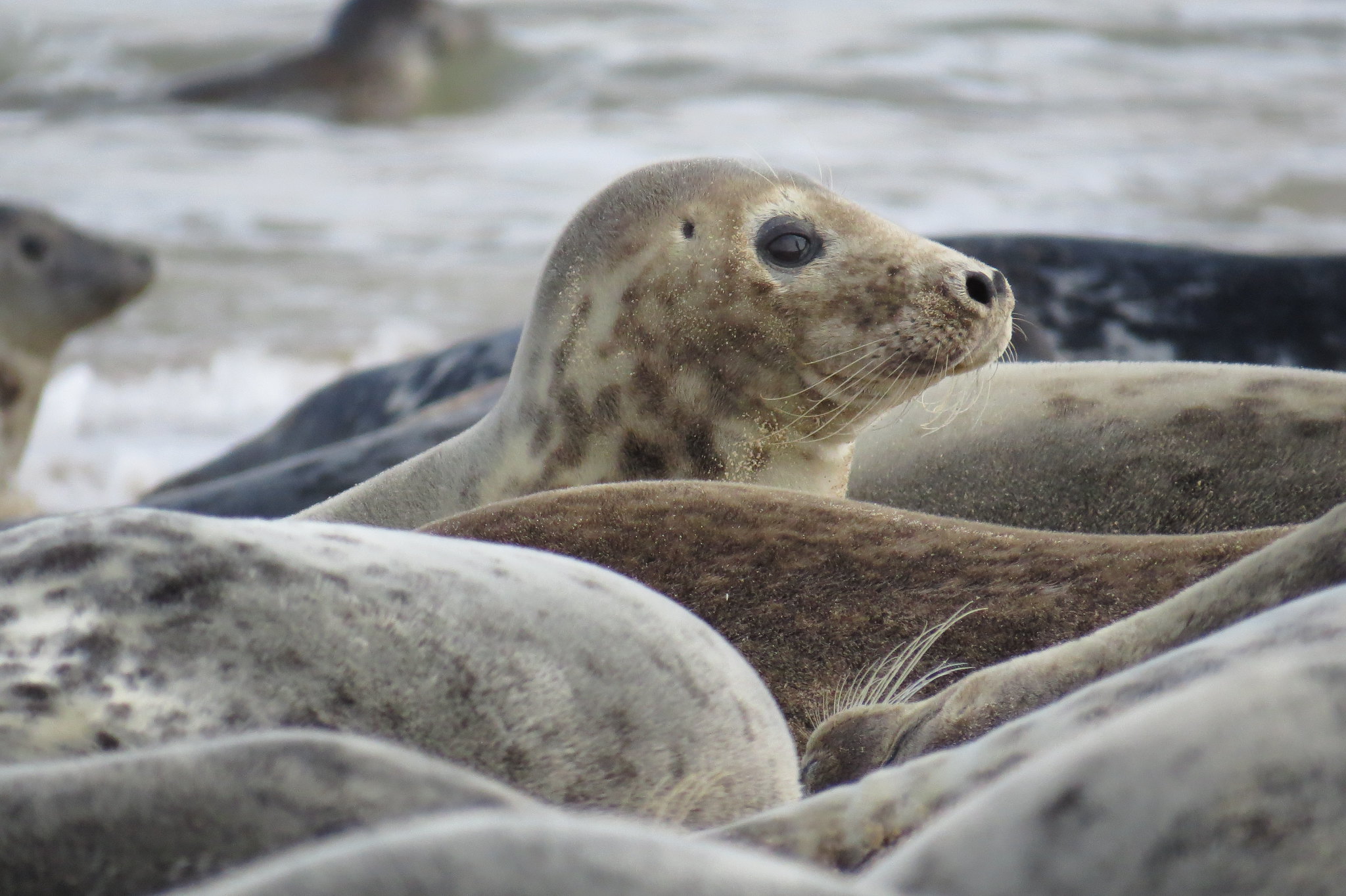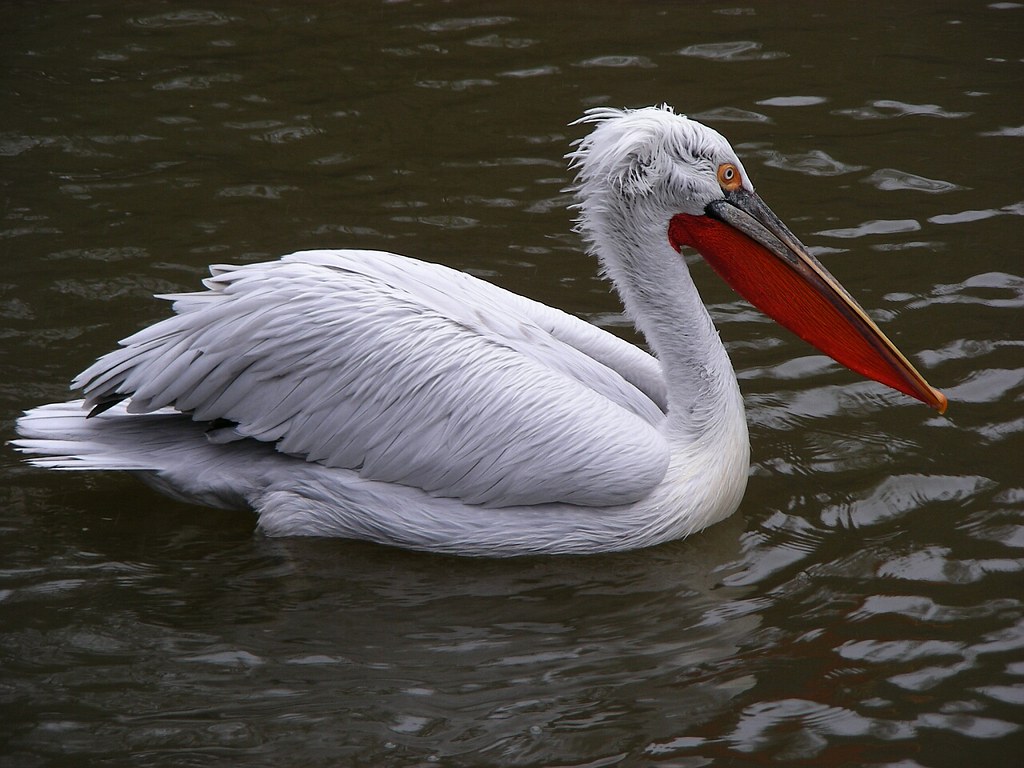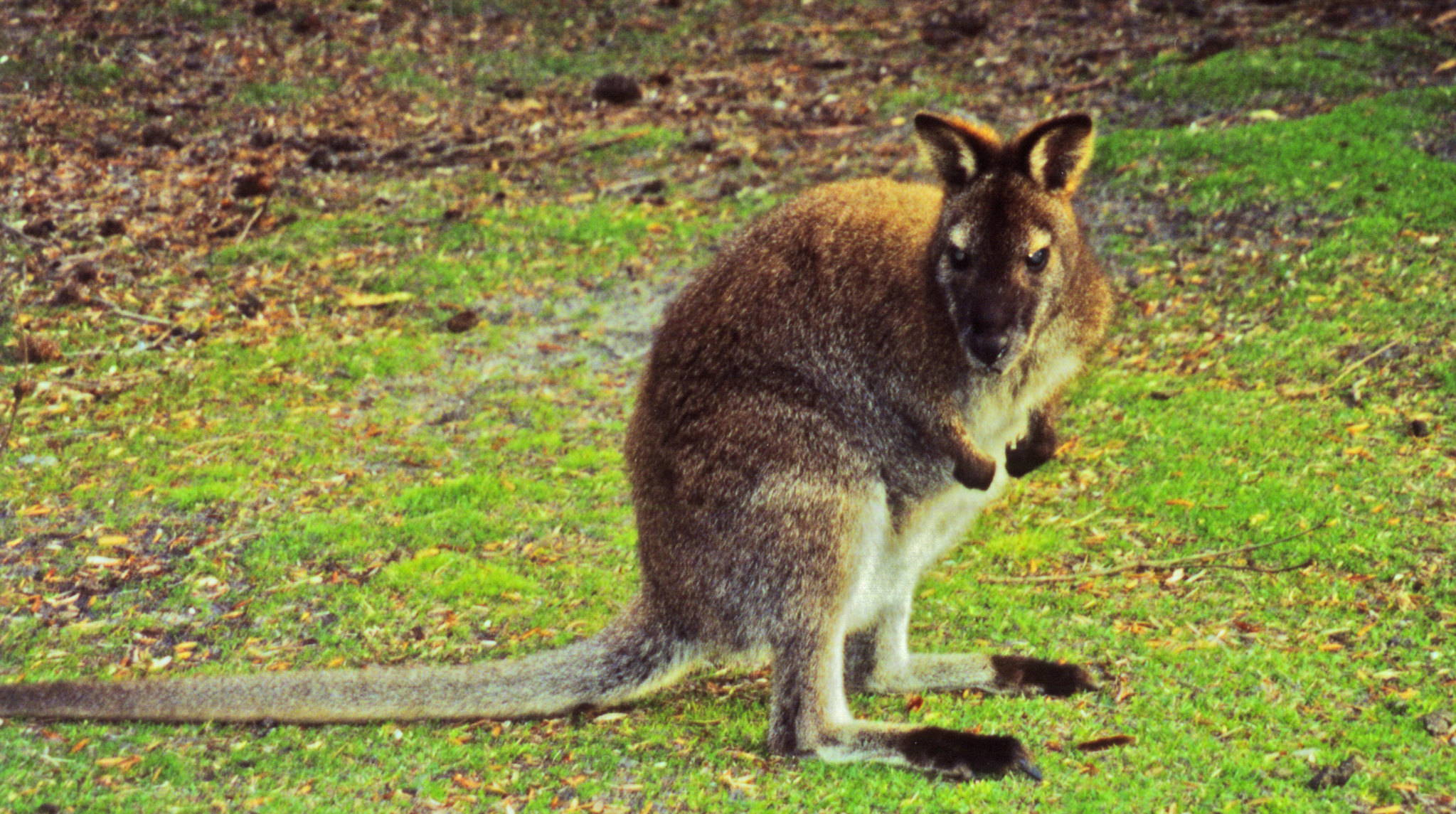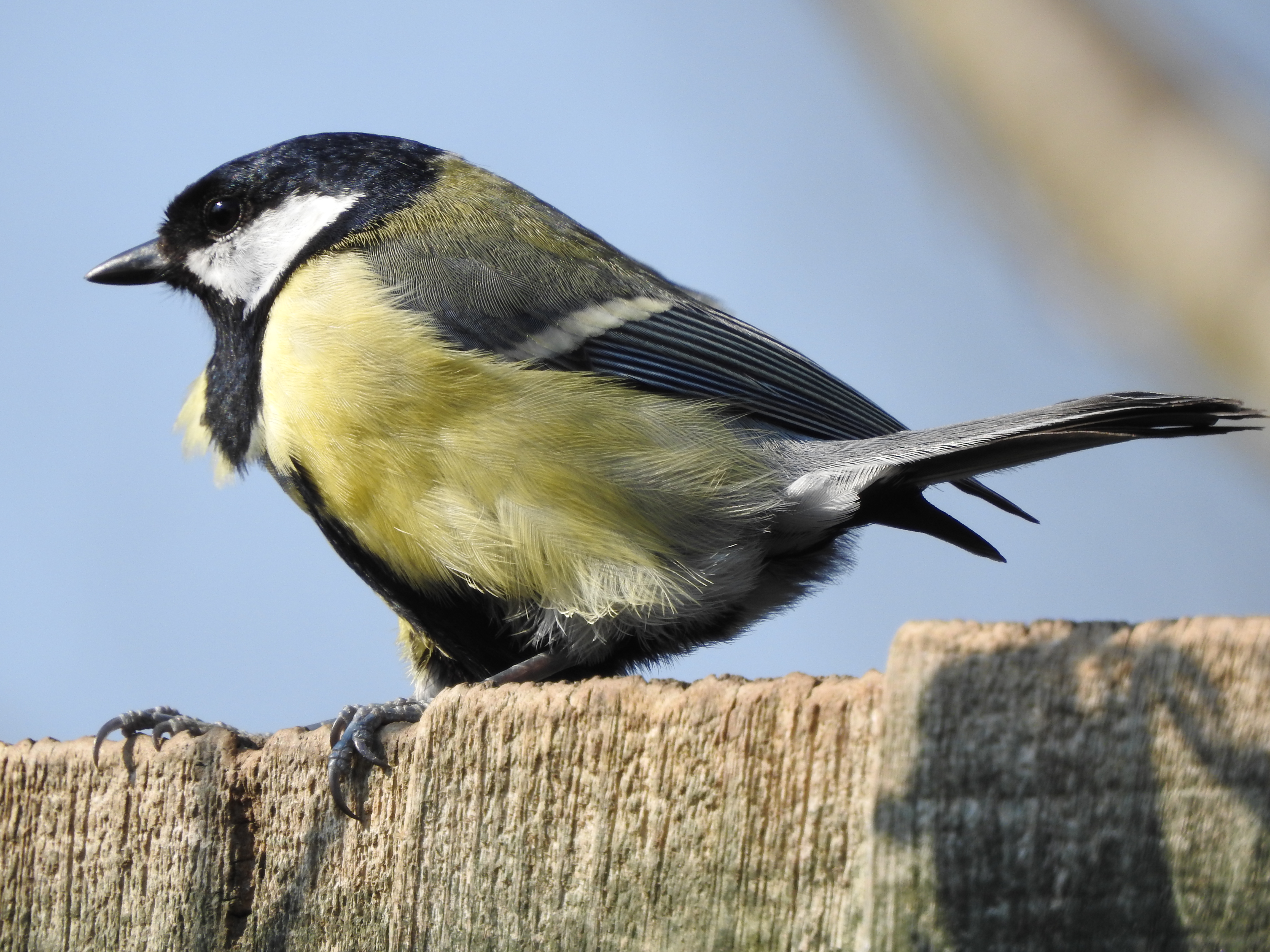The Guardian reports Lord Goldsmith says Britain, the second biggest per capita producer of plastic waste, could play leading role in tackling crisis. Britain has thrown its weight behind a new global agreement to tackle the plastic pollution crisis, which Lord Goldsmith said would go “far beyond” existing international agreements.
Category Archives: News
The green plan looks good, but the government must live up to its promises
The Guardian and Business Fast report a huge amount of effort and planning will be required to fulfil Boris Johnson’s 10 pledges to tackle the climate emergency – by Rebecca Newsom, head of politics at Greenpeace UK. After many weeks of speculation, the prime minister has finally announced his “10-point plan” for a green industrial revolution.
A recent analysis by Green Alliance showed that the UK is on course to reduce its emissions by less than a fifth of what’s required for its next round of climate targets. Joint analysis in September by The Climate Coalition, including Greenpeace, WWF, the Women’s Institute, National Trust and the RSPB concluded that at least £95bn of government investment is needed over the rest of this parliament to build back better and deliver a sustainable, inclusive, and resilient society.
Goldsmith: Ban peat burning and back nature-based climate solutions
ENDS REPORT reports the environment minister Lord Zac Goldsmith has signalled his support for a ban on peat burning and expressed concern that nature based climate solutions are being “utterly neglected”.
According to conservation charities RSPB and WWF, protecting existing carbon stocks in the UK will secure the equivalent of 16,231 million tonnes of carbon dioxide (MtCO2e) – the amount of 36 years-worth of UK emissions at 2018 levels.
Largest grey seal colony in England to welcome 4,000-strong baby boom
 The Independent reports the largest grey seal colony in England is expecting a major baby boom of 4,000 new arrivals this year, the National Trust has said. Rangers monitoring the colony at Blakeney National Nature Reserve in Norfolk are having to rethink the way they count the numbers of pups born at the breeding ground due to how much it is growing.
The Independent reports the largest grey seal colony in England is expecting a major baby boom of 4,000 new arrivals this year, the National Trust has said. Rangers monitoring the colony at Blakeney National Nature Reserve in Norfolk are having to rethink the way they count the numbers of pups born at the breeding ground due to how much it is growing.
Grey seals photo by Dick Knight under creative commons.
Britain’s biggest bird could make comeback in latest rewilding plans
The Telegragh reports Britain’s biggest bird could make a comeback under new rewilding plans, as the Wildlife Trusts call for the government to restore our wetlands to their former glory and bring back the dalmatian pelican. 
Dalmatian pelican at Prague Zoo by Willard under creative commons.
The birds, which are up to six foot in length and have a wingspan of up to 11 feet, disappeared from our wetlands before medieval times, but are present in the fossil record. The majestic species was common 12,000 years ago and bones have been found in peat bogs in Norfolk, East Yorkshire and Somerset from the Bronze and Iron ages. Eventually, 2,000 years ago, the drainage of these wetlands, alongside hunting and disturbance, led to the extinction of the pelican.
Six Months to Save Tice’s Meadow
PRESS RELEASE from Tice’s Meadow Bird Group
The communities of Farnham, Badshot Lea and Aldershot have six months to save Tice’s Meadow Nature Reserve. The multi-award winning wildlife haven is under threat, and the volunteers of the Tice’s Meadow Bird Group are warning that the clock is ticking, with an unknown potential buyer in final negotiations to buy the 150 acre site in Badshot Lea.
Landowners Hanson, operators of the former Farnham Quarry, formally notified Waverley Borough Council of their intention to sell the site on Tuesday 3rd November. Due to the site’s status as an Asset of Community Value (under the Localism Act 2011), community interest groups can now register as a potential bidder by December 15th. If any groups do register, they will then be given until May 3rd 2021 to raise the funds for a bid. During this period, Hanson would not be able to legally sell the site to any other party.
The site was first put on the market in June 2019, with Farnham Town Council, Waverley Borough Council and Rushmoor Borough Council all showing an interest in the past, with the former two councils both submitting unsuccessful bids. A bid from a local property developer was rejected by Hanson earlier this year following a protracted due diligence period, after which the bidder reduced their offer.
Local volunteers and nature reserve users are worried as Hanson have repeatedly stated that they will pay no regards to the suitability of the new owner and their plans for the site. Hanson have also called the future of the Tice’s Meadow Bird Group into question, and have repeatedly failed to formalise the status of the volunteers as the caretakers of the site, despite acknowledging that the vast majority of site maintenance is undertaken by them at no cost to the landowner.
A TMBG spokesman said: “We are asking local councils, community groups and thirdsector organisations to consider joining us in a coalition to save Tice’s Meadow. We are confident that by working together and pooling our resources, skills and experiences, we can ensure the future of our much-loved community nature reserve – an open green space that has been very important to so many local people during this difficult year. Please join with us to stop any development of this vital green buffer between Farnham and Aldershot, a regionally important wildlife haven, a site that protects many hundreds of local houses from flooding, and a much-used community asset”.
The Tice’s Meadow Bird Group’s online petition to Save Tice’s Meadow has now passed 7,500 signatures, and can be found here: http://chng.it/nSsSvHcj
Tice’s Meadow is a community-led nature reserve in Badshot Lea, on the site of the former Farnham Quarry, covering 150 acres. The habitats on site consist of a mosaic of open water, gravel islands and scrapes, reed beds, scrub, woodland, ephemeral ponds and wet and dry grassland.
The site is widely considered to be one of the best inland sites to watch birds in the southeast of England, with 200 species of bird having been recorded there over recent years. It is also a key local site for many species of butterflies, dragonflies, reptiles and amphibians, including many locally scarce and endangered species.
For more information: www.ticesmeadow.org
2020 will be remembered as a mast year (amongst other things). But why?
Did you have acorns raining down on your head this year as we did? Mast years are when trees across the country produce a bumper crop of fruit or nuts.
Mast years are thought to be advantageous for the trees as they swamp animals which eat the seeds so that a proportion will germinate to form a new generation of trees. 2013 was the last big mast year. NatureSpot reports on why they occur.
Feral wallabies sighted in UK almost 100 times in 10 years
 The Independent reports wild wallabies only live in Australia don’t they? Wrong. Wallabies are here in the UK, and they are becoming increasingly common.
The Independent reports wild wallabies only live in Australia don’t they? Wrong. Wallabies are here in the UK, and they are becoming increasingly common.
In recent years, feral red-necked wallabies have been seen bobbing along dark stretches of road in Kent, scampering into towns in Devon, fighting police in St Ives, and patrolling the graves in London’s Highgate Cemetery. But now, researchers at University College Dublin used public records and media reports to reveal there were almost 100 wallaby sightings in the UK over the past 10 years.
Red-necked wallaby photo by Wildlife Wanderer under creative commons.
Britain’s garden birds could be wiped by 2100 due to climate change, warn Oxford University scientists
 The Telegraph reports Britain’s garden birds could be wiped out in 80 years if climate change continues to accelerate, research from the University of Oxford has warned. Warmer weather earlier in the year could disrupt the delicate ecosystem balance which keeps the little birds which visit our gardens alive.
The Telegraph reports Britain’s garden birds could be wiped out in 80 years if climate change continues to accelerate, research from the University of Oxford has warned. Warmer weather earlier in the year could disrupt the delicate ecosystem balance which keeps the little birds which visit our gardens alive.
Raw sewage dumped into English and Welsh beaches ‘2,900 times this year’
The Guardian reports water companies discharged raw sewage into bathing water beaches almost 3,000 times in the past year, polluting the environment and risking public health, new analysis shows. The study by Surfers Against Sewage, which publishes data on sewage releases as they occur, examines the notifications by water companies of effluent discharges over 12 months.
